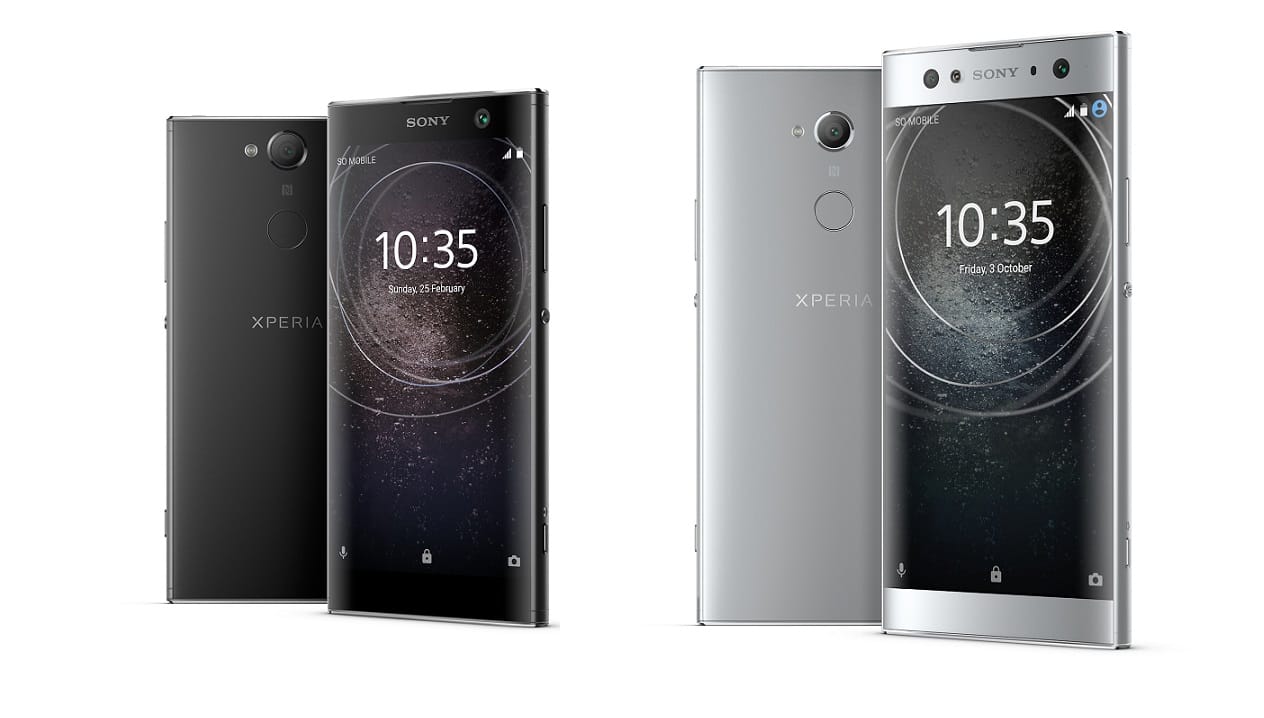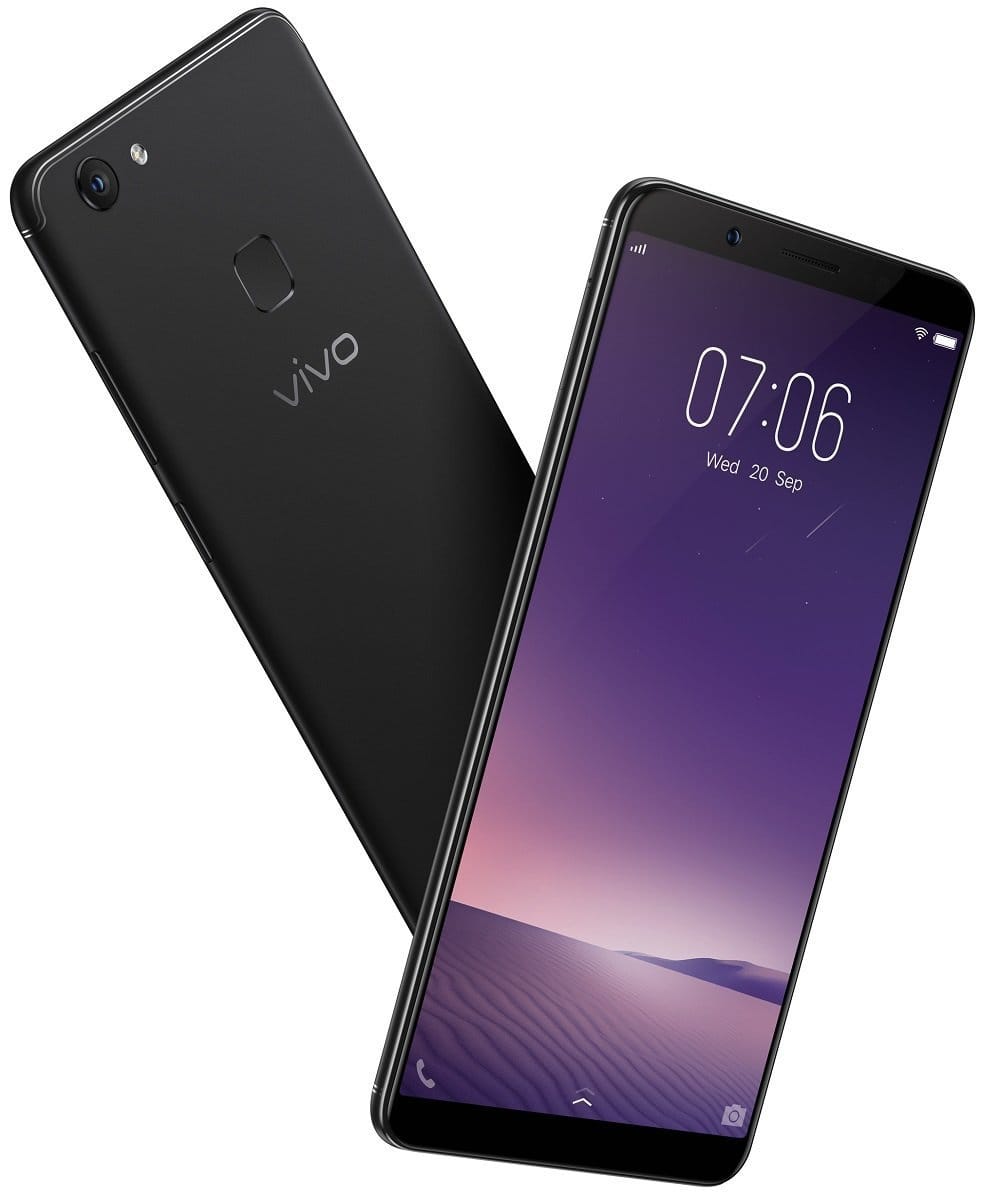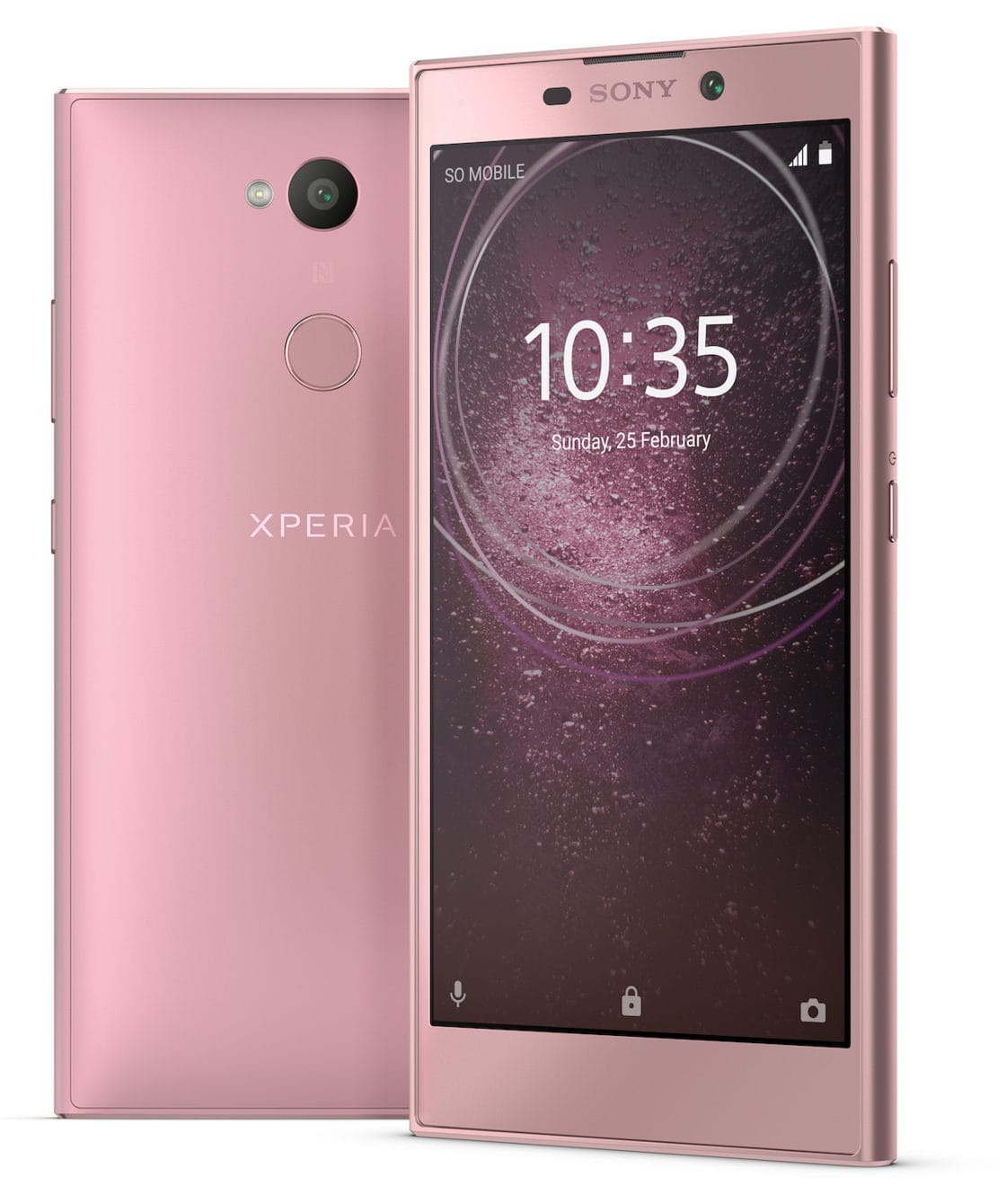In an alternative universe, there would be no Apple, only Sony. In fact, for anyone over the age of 30, there is arguably no amount of time that can pass to “make normal” the curious imbalance in the consumer electronics world such that the former Japanese giant has been subjugated by the likes of companies like Apple, Samsung, and even Huawei. This is, quite simply, because Sony – and Japan in general – was the industry leader for decades, be it audio, visual, or otherwise. There is a serious situation Sony is struggling with these days, and even its most impressive products aren’t entirely home-grown. Nonetheless, the Xperia line of smartphones has been a steadfast staple in the device market, even if they aren’t as omnipresent as Samsung’s solutions.
Still, it is downright confusing to understand Sony’s MO when it comes to selling Xperia devices in the United States. At best, it might be possible to argue the Japanese conglomerate has sought to minimize expenses by keeping the product line privy to core customers. At worse, one could argue Sony has totally dropped the ball given the lack of product push and market presence with advertising and carrier agreements. It is with this confounding condition setting the stage that today’s perplexing puzzle presents itself: the newly announced Xperia XA2, Xperia XA2 Ultra, and Xperia L2 are trying to compete based on…embedded fingerprint sensors and large bezels.
The Strange Situation
For years now, Sony has embedded fingerprint sensors into the power buttons of their higher-end Xperia products. As has been endlessly noted and partially explained, however, the functionality is permanently deactivated for the US models, even though the hardware itself has not been altered. Lo and behold the new models previously mentioned, are the first to feature a relocated fingerprint reader (the back side) and word is that finally American customers will be afforded the privilege of using the component.
It’s too bad, however, that companies have already started to move away from this older technology and begin to embrace facial recognition. Apple bet its entire prime product on the feature, Samsung has a flawed variant, and now even Asus is getting in on the action. Sony, on the other hand, is now finally able to market it as a feature.
Moving onto the barrage of bezels: let it be said that the 2017 trend of “screens without borders” is not for everyone. There are in fact a great number of reasons why someone might actually prefer having a frame around their device’s screen. Still, one has to question just what was going on with the design department when Sony opted to option these designs at final product presentations:

The bezels on these phones are comically enormous, and not in a “ha-ha funny” way but more like a “did someone check the calendar” fit of flashback. Are any of these products flagship phones? No. Are they similar in design to those that came before them? Certainly. But with that said, as each year passes the competition in the Android market becomes more and more vicious, and companies need to do more and more to make their products worthy of a customer’s hard-earned cash.
Sony, for all its merits and efforts, seems content to rely on its brand name as the sole motivating factor that would entice someone to buy its products. Not cutting-edge design, not next-generation components…not even last year’s trends.
Consider for a second some of the products from Chinese OEMs these days such as the OnePlus 5T:

This phone features flagship hardware specs in basically every aspect save for the paltry FHD display – as if 1080p has somehow become an unacceptable atrocity – and can be had for under $500.
Or what about the Vivo V7+ which is on the lower-end of things, comes in at $304 for starters:

Does the Vivo have stellar ratings and reviews? Not exactly. Yet curious it is that a budget device can make use of modern design language to at least come across as an appealing proposition.
There is obviously a core quality guarantee aspect that can be accounted for when selecting the Xperia offerings, that goes without saying. Sony is not going to put forth garbage and sell it with a fancy ribbon. The company takes its products seriously and even its lower-end offerings provide respectable value-for-money. But is that really enough to convince customers strapped for cash to shell out more just to get what may (or may not) be to them tangible benefits? If they can get a carrier-branded phone for far less or even more but with installments, why would they opt to pay full retail price up-front with any of Sony’s suggestions?
Even if one puts aside the whole design language dilemma and “fancy” fingerprint sensor solution, what they have are standard-fare products that don’t really push any boundaries or do things differently. If that is indeed the reality, and customers don’t have any sense of loyalty to Sony in the first place, the battle has been lost before it even began.
Going Forward
Sony has already promised that 2018 will see a redesign of the Xperia line, although clearly, this will not be imminent nor will it be relevant – save for apparently the flagship offerings. Instead of taking the approach HTC did last year with its U Ultra series – announced in January – guiding the design language for the year and whetting the appetite of fans who would await the announcement of the eventual U11 (and U11 Plus), Sony has ushered in the new year with phones that might as well have launched in the last one; they certainly were designed then.
So, when will the big reveal happen? It’s likely to be around MWC 2018. Of course, so will all the other big reveals, including what will inevitably be the Samsung Galaxy S9 and Galaxy S9+, along with LG’s device which may not be called the G7 (but will, in fact, be a G7) and who knows what else. HTC’s new flagship, the U12? The OnePlus 6? Will Lenovo or Motorola have something? Huawei?
Sony’s Xperia XZ1 Premium –and its variants — may excite the core fanbase when it debuts with inevitably slim bezels and a redesigned body, but even that will be playing catch-up to 2017. And perhaps worse, it will make any customer who bought into today’s announcements mad at being shortchanged despite throwing their support into Sony’s corner.
Does any of this really matter? Arguably no, in the macrocosm of the market-at-large. But where it does matter is in the brand value and reputation of Sony in the eyes of the general public. This was, and could still be, a company that used to put to shame all those rivals that hoped to one day be legitimately on the same level. This is a company that once dictated the design, and imagined the impossible. This is the company that brought an AI-oriented dog to market ages before anyone had even heard of Google Assistant. If Sony wants to one day reclaim its place on the throne of tech titans, it’s really going to have to step up its game. Making yesterday’s products tomorrow really doesn’t cut it when the market requires next year’s ideas tomorrow.













Discussion